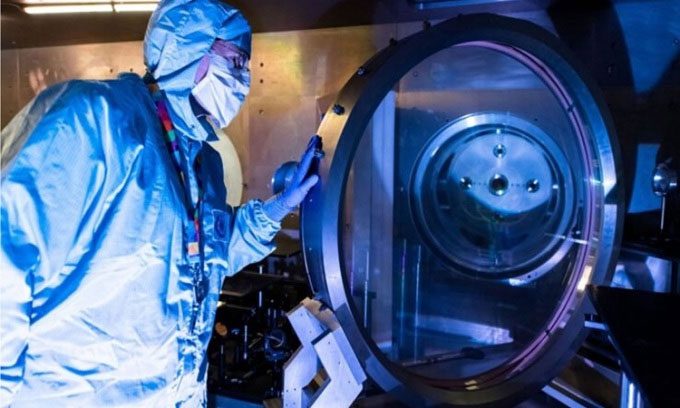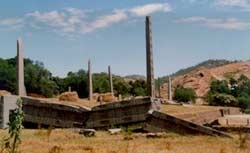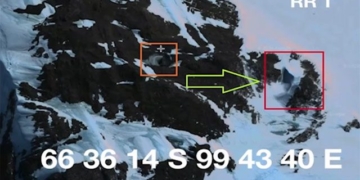After the upgrade, the Vulcan 20-20 laser will shine a trillion trillion times brighter than the brightest sunlight in the Sahara Desert.

The Vulcan 20-20 will become the most powerful laser in the world upon completion. (Photo: UKRI).
The UK Research and Innovation (UKRI) has allocated $103 million to the Central Laser Facility (CLF) under the Science and Technology Facilities Council for the development of the most powerful laser in the world, as reported by Interesting Engineering on October 2. This funding will support a significant upgrade for the CLF, which includes the Vulcan 20-20 laser.
The CLF, located at the STFC Rutherford Appleton Laboratory in South Oxfordshire, currently operates a multitude of lasers to create plasma, the fourth state of matter alongside solid, liquid, and gas. Typically, plasma is generated when matter undergoes extreme conditions such as high temperature or pressure. Studying the behavior of particles in plasma provides valuable insights into the fundamental properties of matter and applications in essential products like batteries, according to UKRI.
The existing Vulcan laser at CLF is used for a variety of purposes, primarily in plasma physics. However, the upgraded Vulcan 20-20 will be over 100 times brighter than the original Vulcan and a trillion trillion times brighter than the brightest sunlight in the Sahara Desert. “It is time for Vulcan to undergo its next significant upgrade, preparing it to serve a new generation of scientists and ensuring the UK remains a leader in this field,” explained Professor John Collier, director of CLF.
The Vulcan 20-20 program will position the CLF at the forefront of high-power laser science, enabling new experiments in critical fields such as renewable energy research. The name of the machine derives from its ability to produce a primary laser beam delivering 20 petawatts (PW) of power along with 8 high-energy beams totaling 20 kilojoules (KJ).
The Vulcan 20-20 upgrade program will span six years. The new laser will significantly enhance researchers’ understanding across many scientific fields, including astronomical phenomena such as supernovae and solar flares, as well as the potential for clean energy from laser-driven nuclear fusion reactions. Anticipated experiments will include the creation of matter-antimatter pairs using electromagnetic fields typically found in space.




















































